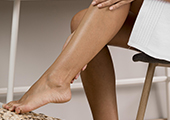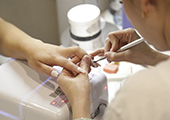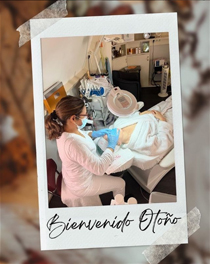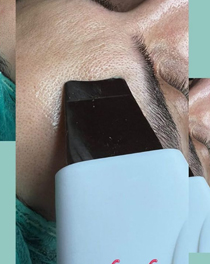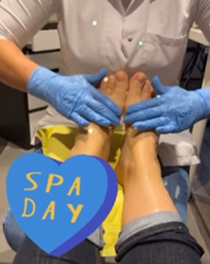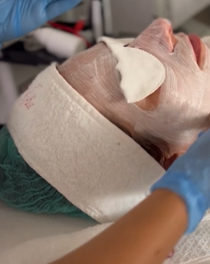Radio frequency
Radiofrequency in aesthetics consists of the use of high frequency electromagnetic waves on the skin. Its objective is to heat the different layers of the dermis in order to stimulate collagen production, perform lymphatic drainage and improve circulation, among many other things.
- Reduce facial wrinkles, considerably improving the appearance of the skin.
- Improve the quality of collagen and elastin
- Promote the elimination of toxins
-
It can improve circulation, and thereby increase skin oxygenation
-
Help fight cellulite and orange peel skin
-
Help tighten the skin, combating flaccidity in many areas of the body
-
It is very effective in fighting stretch marks, fibrosis and scars
-
Modeling the contour of the body
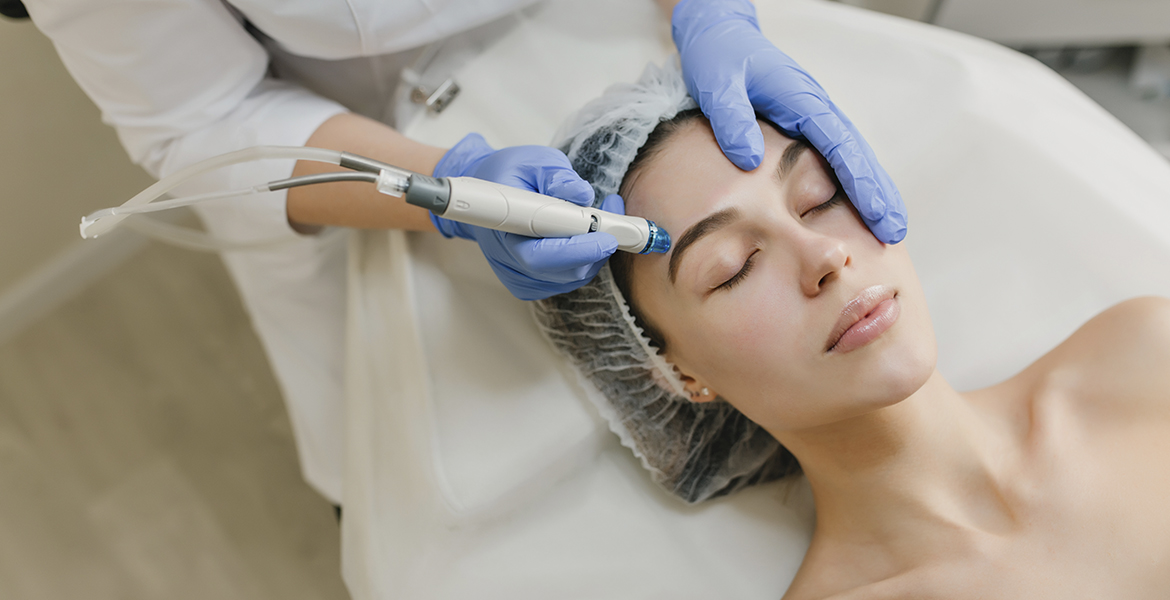
How is the treatment?
The procedure consists of giving electromagnetic discharges through a treatment head that moves continuously over the area to be treated. The duration depends on the degree of flaccidity and cellulite that you want to fight and the area: sessions in areas such as the arms usually last between 25 and 30 minutes, while other more extensive ones, such as cartridge belts, can last up to an hour. . The number of sessions also depends on the degree of flaccidity and the area: normally between 4 and 6 are needed for facial treatments and between 6 and 10 for body treatments.
After the treatment it is necessary to keep the treated area protected from the sun; In addition, it is highly recommended to hydrate. The treatment does not usually cause pain, so it is performed without anesthesia, although there are a number of side effects that should be known:
Temporary swelling and redness, which appear after the session and disappear over time.
Appearance of bruising, although it does not occur frequently.
In addition, the treatment is contraindicated in some cases such as pregnancy and lactation; in people with metal prostheses, pacemakers and other devices; serious cardiovascular pathologies; neuromuscular diseases; cancer; people who suffer from coagulation disorders and people who are overweight.
While cavitation has the main objective of eliminating localized fat from some areas of the body where adiposity is a problem, body radiofrequency pursues the objective of restoring the skin's firmness and smoothness lost over time. This treatment is also indicated to combat the hated cellulite and orange peel that bothers us so much on the buttocks, thighs, and other areas of the body.
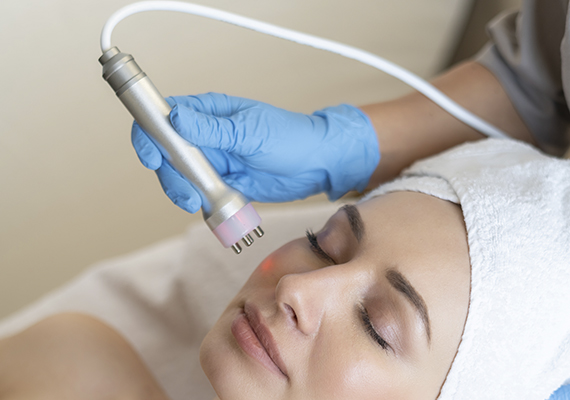
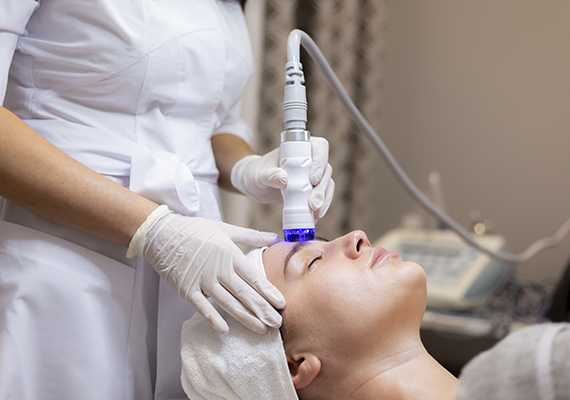
At the end of each radiofrequency session it is normal for the skin to show some redness that takes a very short time. For the rest, it is a very safe technique, although it has its contraindications: pregnancy and lactation, heart disease, coagulation disorders, neuromuscular diseases, recent collagen implants, having a metal prosthesis, pacemaker or morbid obesity.
